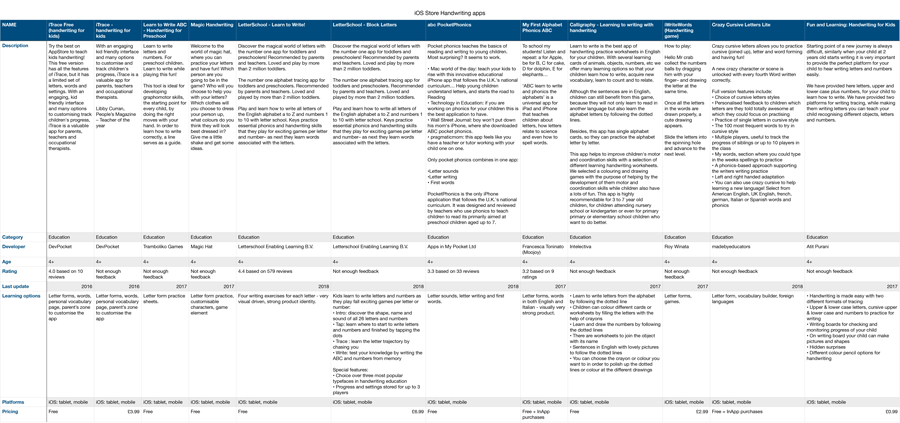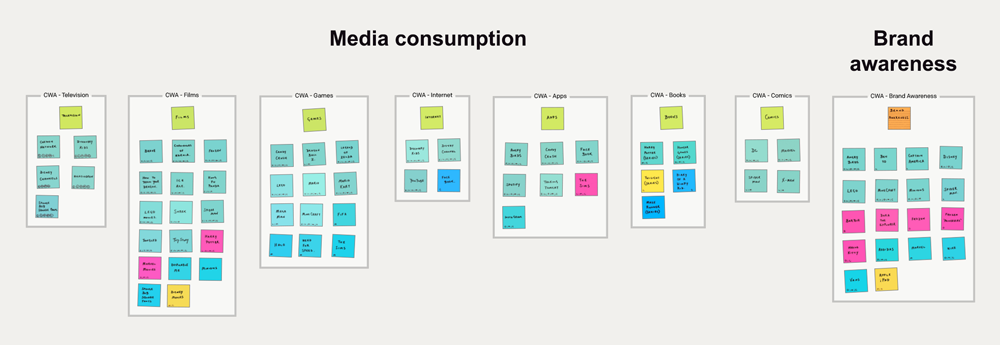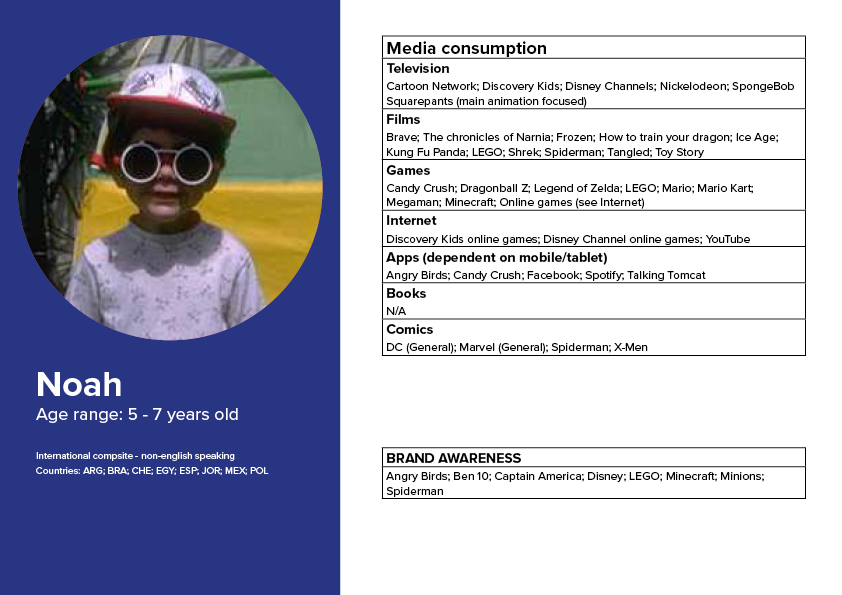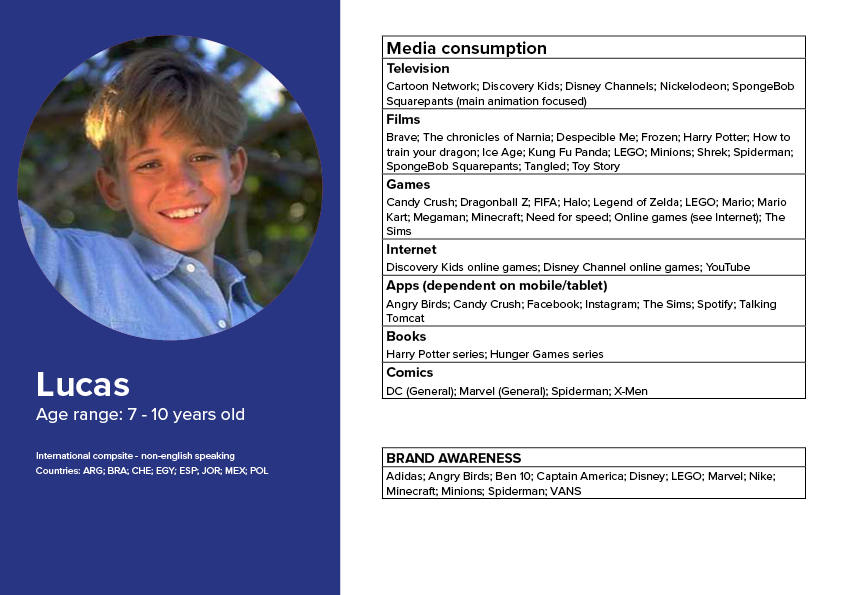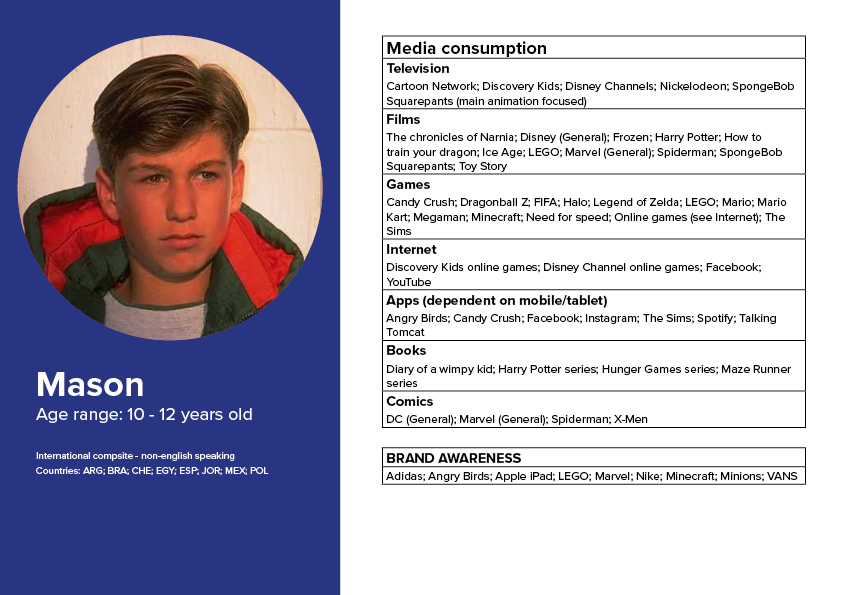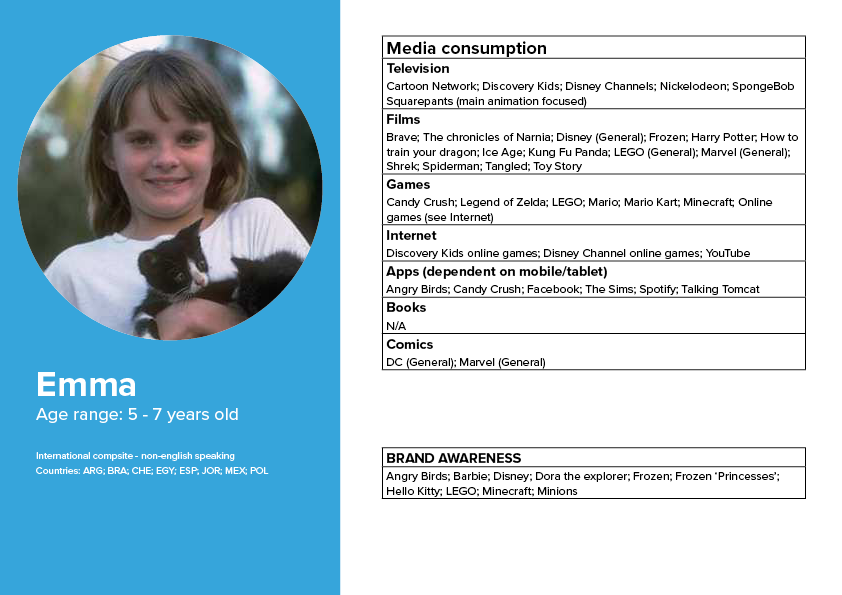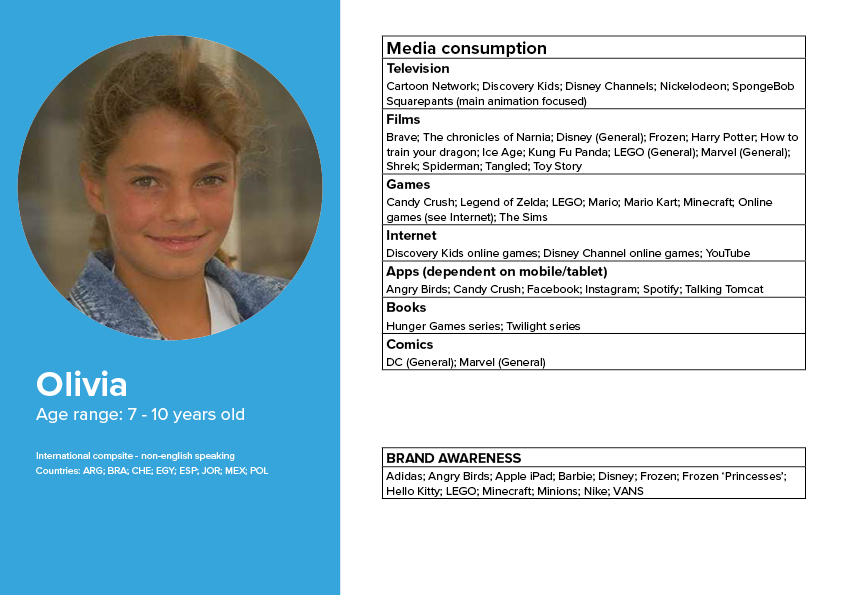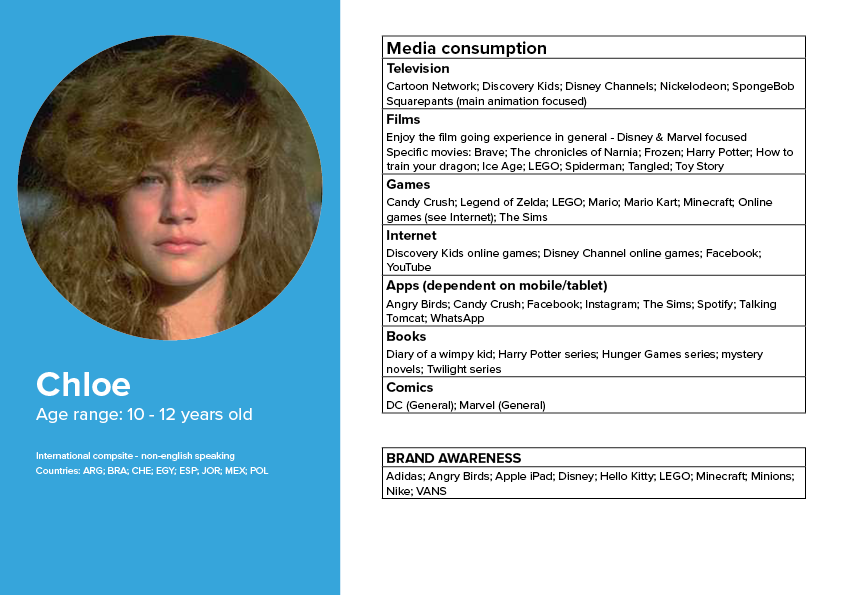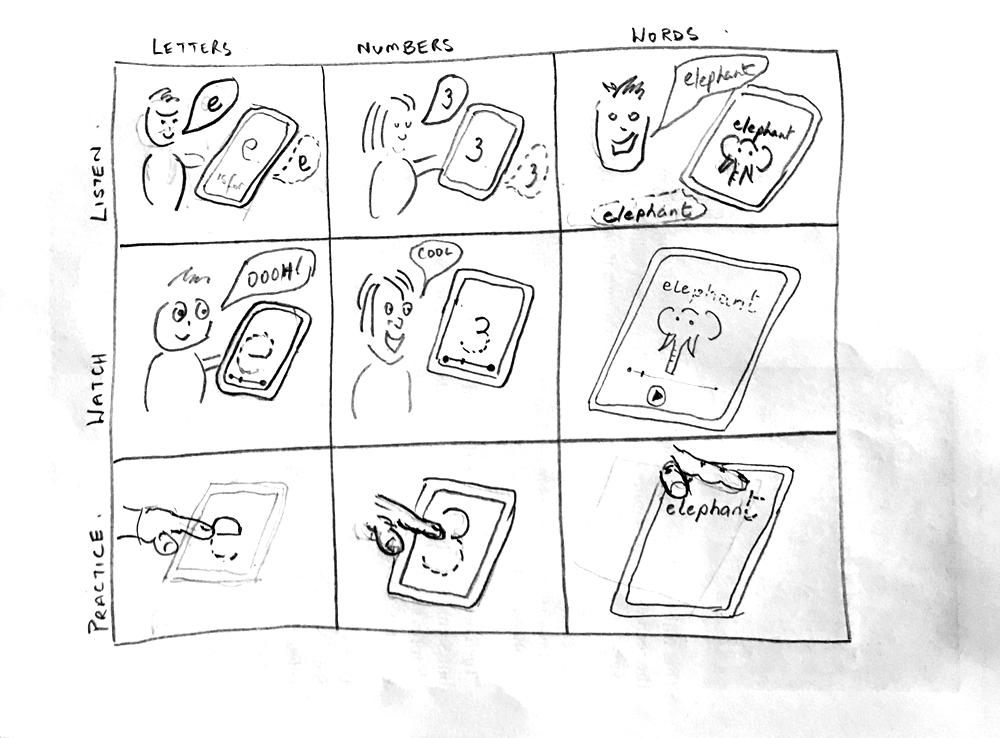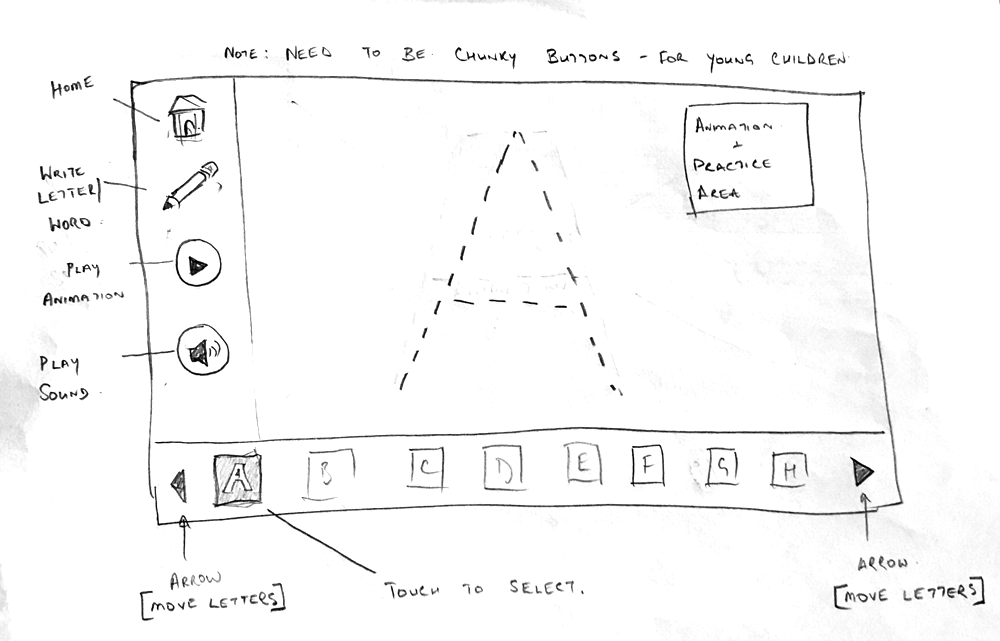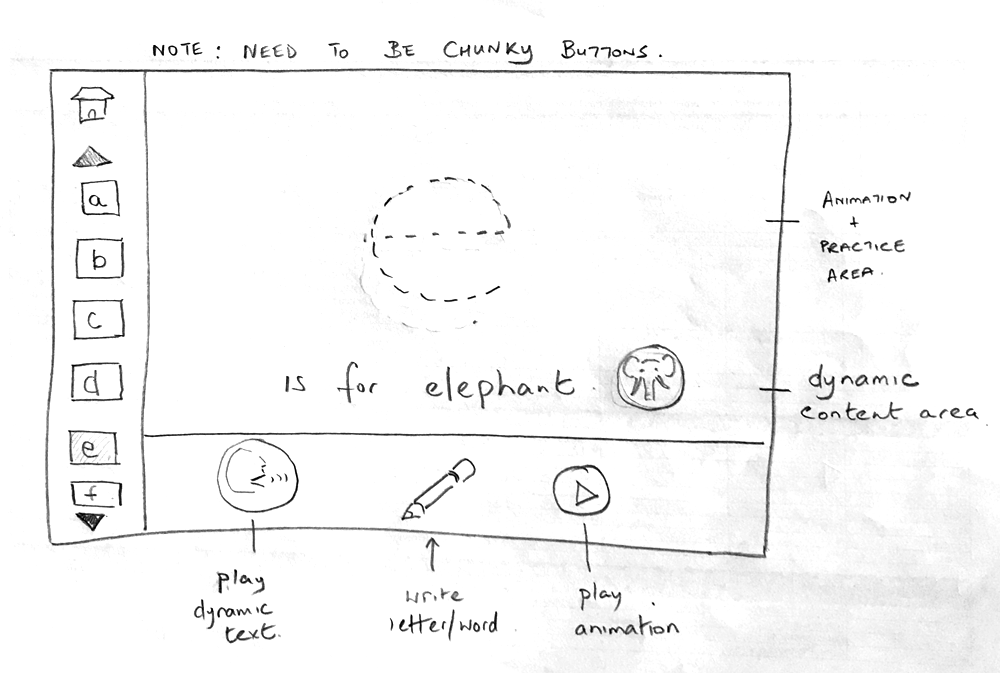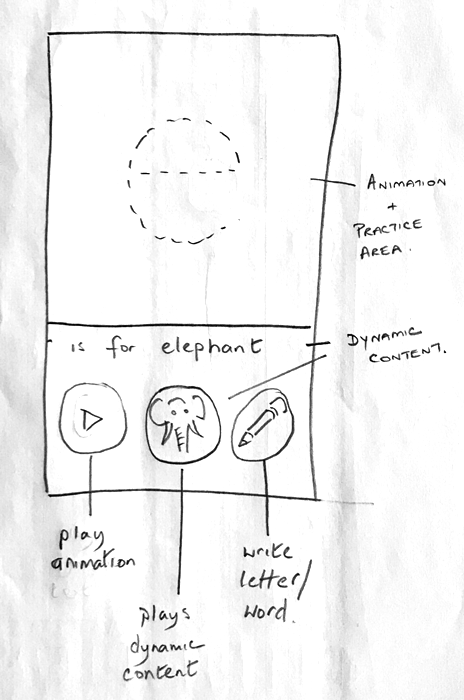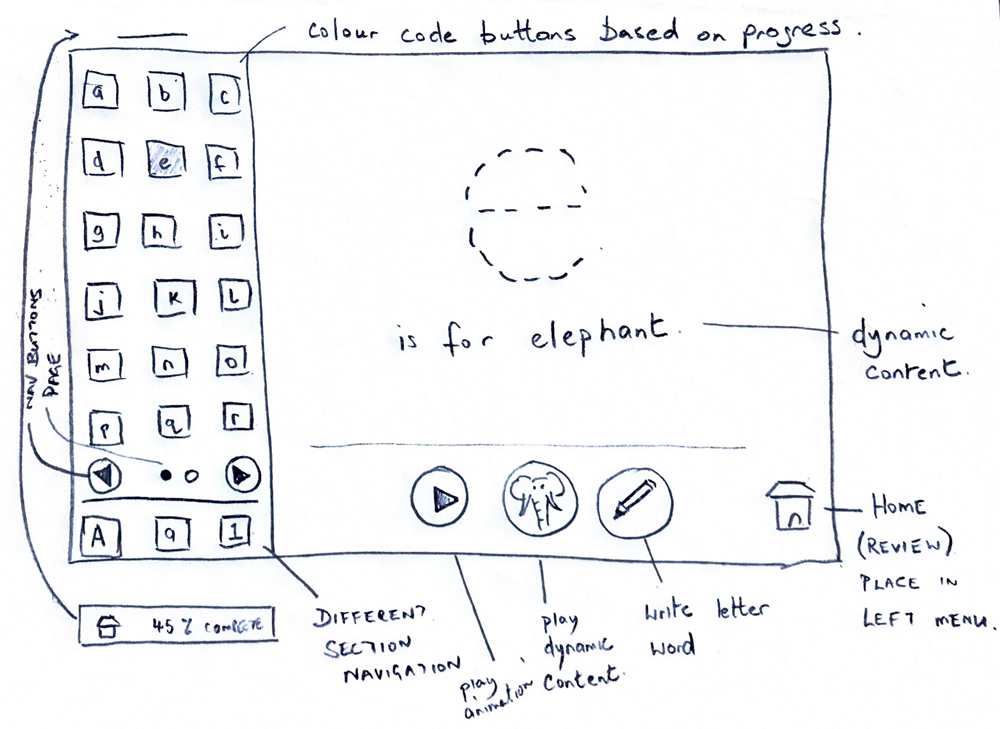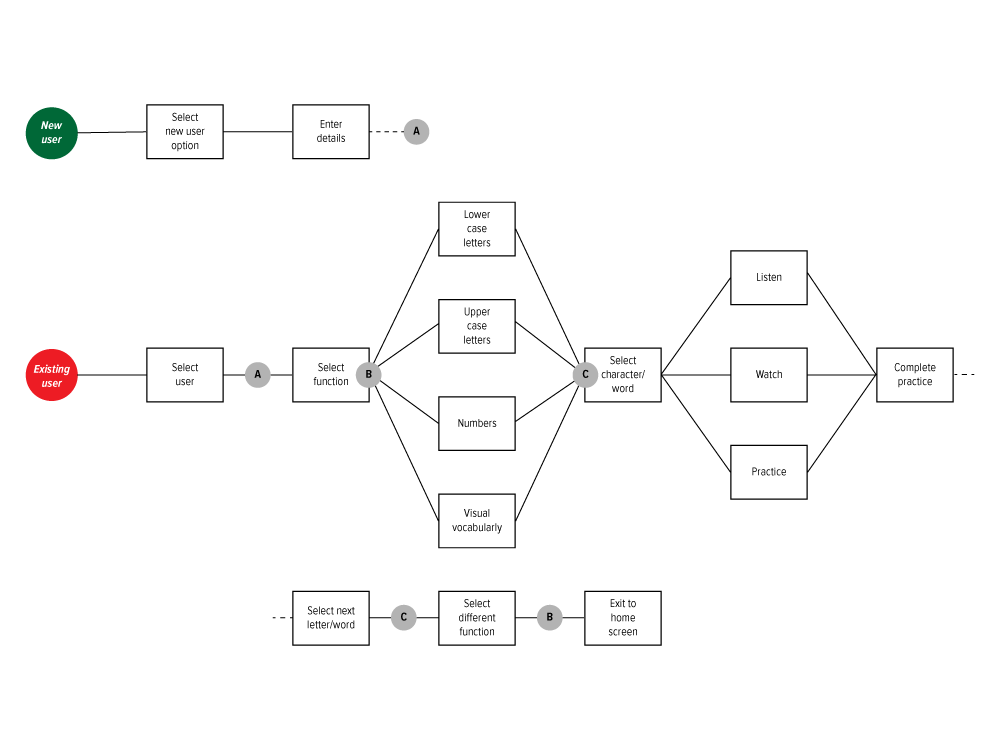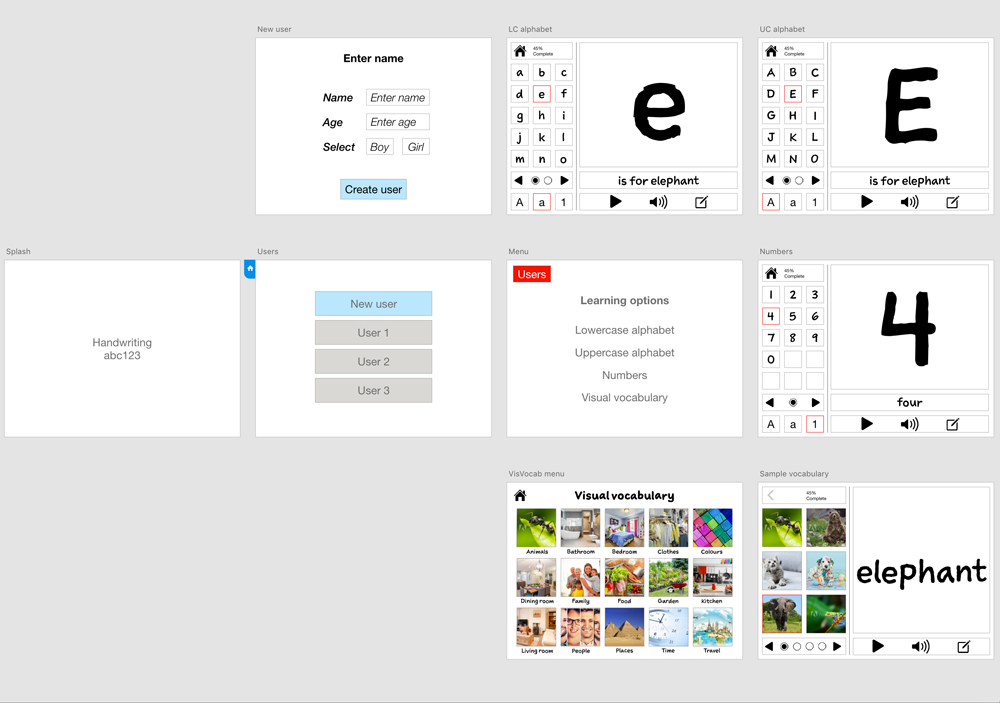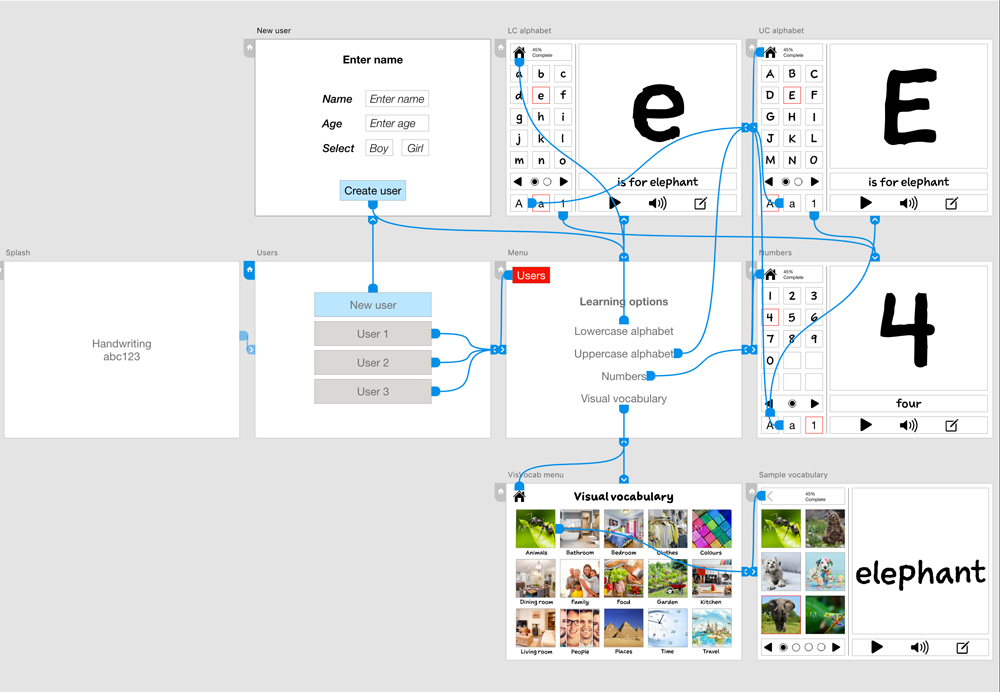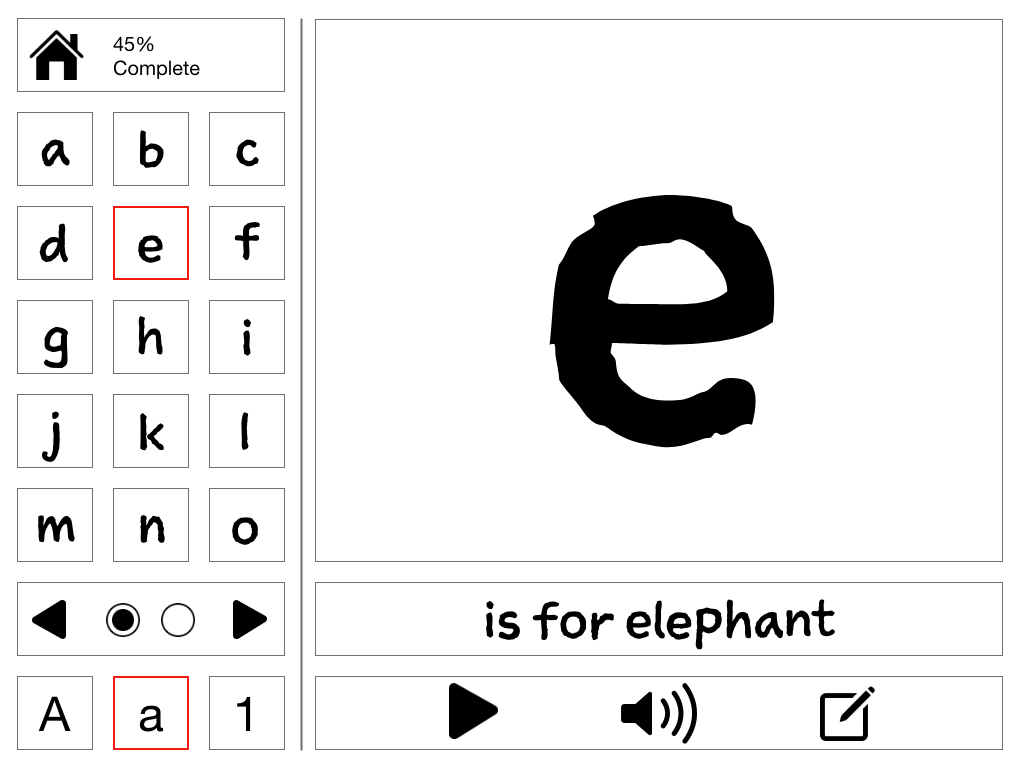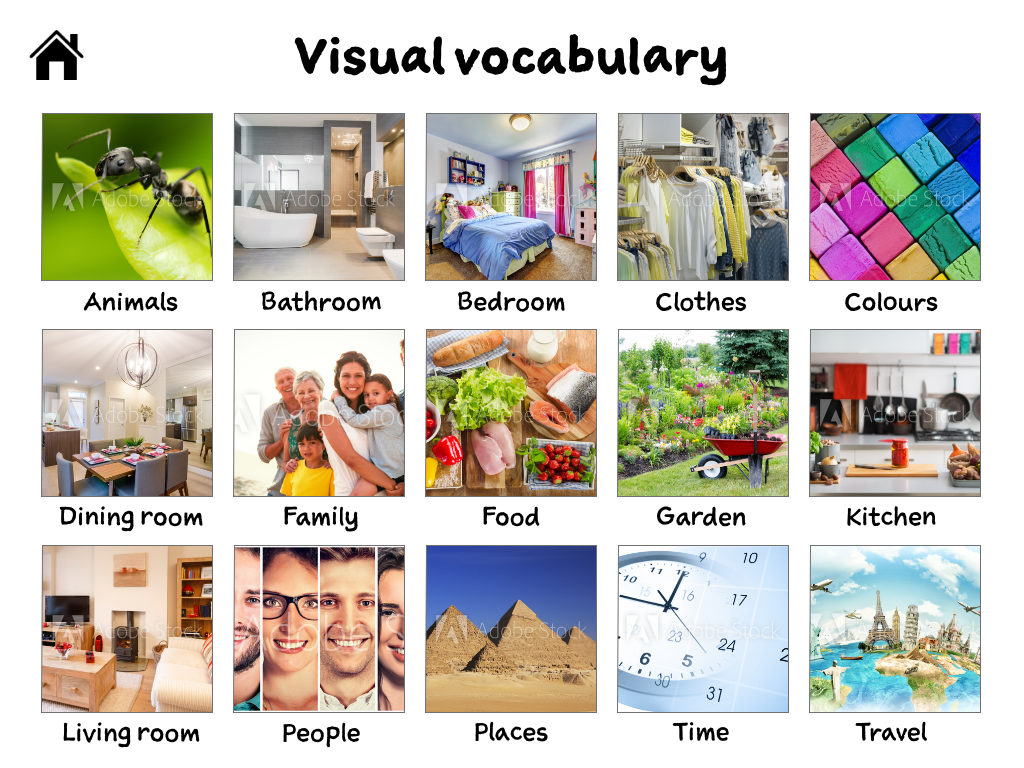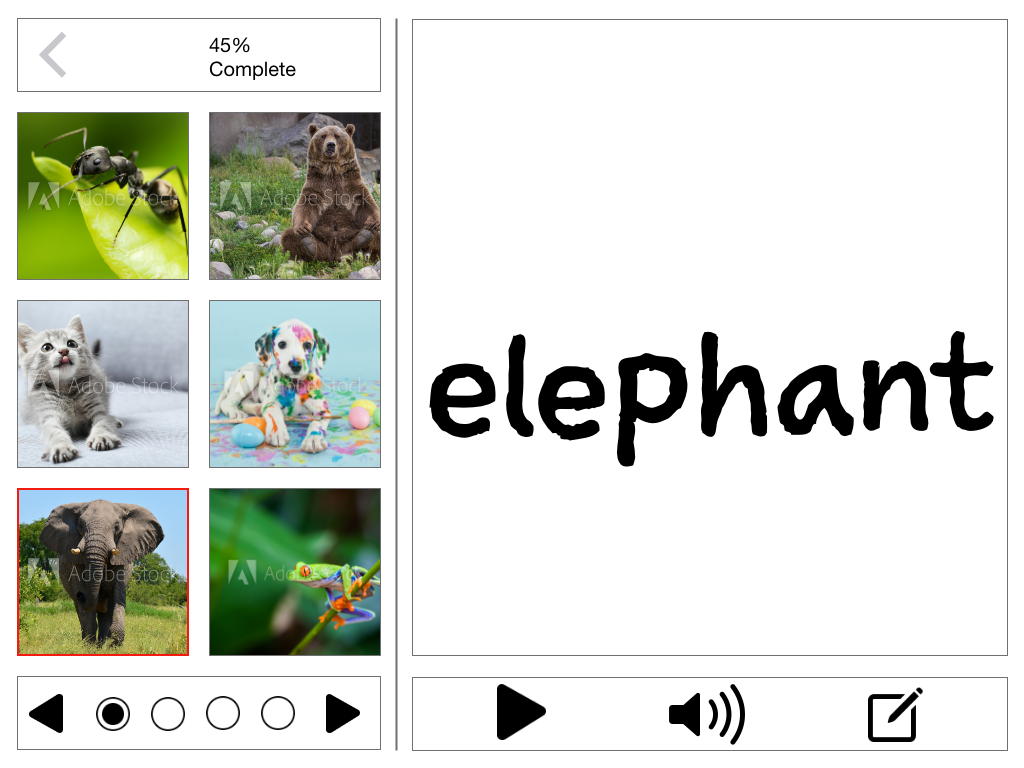Brief
Create an application to teach children (at pre-primary and primary levels) to teach basic handwriting skills, spelling and build their vocabulary.
Solution
The handwriting app will be released in the UK and Europe in it’s first phase and in the South America, China and the Middle East in the second phase.
The research into the product revealed factors which have both simplified and complicated it in separate areas.
The original spec for this project included an online profile for each user, however upcoming changes in Europe (and probably worldwide) will impact on collection of data from users under 13 years old. This feature has been removed from the spec and all data will be held locally on the user’s device (with the option for multiple users so all the children in a family can use it).
The second factor impacting the product, relates to the learning experience and content/characters I was originally going to use. In research and product testing phases, I discovered one of the markets had a significantly different perception of the potential content and characters.
This has resulted in two products, one ROW product and another with amended content/characters for this specific market.
Research & Competitive Analysis
This product is going to be available as mobile and tablet apps, so my focus for the competitor research was on the iOS app store. This market is competitive, with a couple of key developers releasing suites of learning apps aimed at this age group.
The standard of the products varies considerable, from products with a basic set of learning options and a functional interface through to apps which offer vocabulary builders, numeracy exercises, songs, customisable interfaces, etc. The pricing model seems to vary to the standard applications, in-app purchases are avoided with lite and full versions of the products being offered (based on the reviews this has a benefit that parents don’t have to worry about additional charges from the app and can allow their children to use the product unsupervised).
Based on this research and standard of products available, there is an opportunity to release a commercially successful product.
Interviews
The target markets for this product the EU, Eastern Europe, Middle East, South America and the UK. The standard approach for conducting interviews wasn’t a viable option either financially or logistically.
My approach to ‘interviewing’ for this project was to have surveys conducted in schools within each of the target regions, focusing on the media children used in their free time. The surveys covered the following areas:
- What did the children enjoy doing most in their spare time?
- What genres were popular with children? (With details on what media they were using to access these genres)
- What brands were most popular with children?
- What brands did they recognise/purchase and why?
The survey allowed my to gain an insight the changing brand/media choices as the children move through key development stages and how much it changed their habits and whether there were an common themes among the age groups and the regions.
Affinity mapping & key findings
As the interview methodology was different to a typical project this generated a slightly unusual affinity map. The insights it gives are on the media consumption of the prospective users and their changing tastes as they mature.
What it highlights is the content is highly important and needs to be engaging, brand recognition becomes more of a factor as the user matures. Between the boys and girls there is very little difference in their core consumption, certain products can be identified as unique to one group or another (FIFA – boys; Hello Kitty – girls).
The affinity map give strong indications on colour schemes, possible character usage, what will be engaging for this consumer group and the level of engagement that will be needed to successfully compete with the other media they consume in their spare time. It’s also helpful in clarifying whether licensing a character would be a worthwhile investment for this product.
Personas
The data gathered was from 5 – 12 year olds. Based on the analysis of the questionnaires and affinity mapping even though this group had core common interests, I’ve sub-divided them into groups based on sex and changes in behaviour/tastes as they mature.
This resulted in six distinct personas, there were some regional variations in media influences (like tele-novellas in South America) but overall it was surprising how consistent media consumption was across all the groups.
Problem statements
For this project two problem statements need to be defined, one for the primary users (the children) and the other for the primary purchasers (the parents).
THE USER needs a way to AN EFFECTIVE WAY TO LEARN HOW TO WRITE because THE TRADITIONAL TEACHING METHOD IS LABORIOUS AND THERE MANY OTHER DISTRACTIONS.
THE PURCHASER needs a way to ENGAGE THEIR CHILDREN IN LEARNING HOW TO WRITE PROPERLY because THEY WANT TO ENSURE PROGRESSION AT SCHOOL.
*As per the ‘Notes’ section (see bottom), throughout the rest process parent’s feedback will need to be included.
Ideas & storyboards
The idea for the product was broken into three key tasks – listen, watch and practice.
For the product itself, the main focus is on developing for the iPad. There is an iPhone sample included as well. The main aim is to give the user plenty of space to practice and chunky buttons suitable for use by younger children.
Even though the sketches are black and white, the intention is to have a colourful interface combined with mainly artwork (and photography where needed).
User journeys
This overview details the key functionality of the product and how the user is expected to interact with the different content types.
(Excluded from this overview is the gamification aspect of this product.)
Wireframes & feedback
The product contains five screens/templates which will be populated with the content.
In testing the feedback about the interfaces/templates is they can be simplified to aid the children’s navigation. In addition to this, the buttons need to be supplemented with icons to help the children in using the app.
I’ll need to review the typeface used in the product for the writing exercises.
Lastly the basics of the gamification have been included but additional screens will need to be added to fully develop this aspect of the product.
Notes
The original idea for the project included the possibility of setting up online user profiles, however with changes to UK (see Data Protection bill) and EU legislation ensuring more privacy for under 13 year olds, this functionality has been removed from the product spec.
However localised profiles will be created allowing the user to monitor their progress and for the app to suggest/identify additional learning units to download.
Prototype: Tablet (updated version coming soon).
